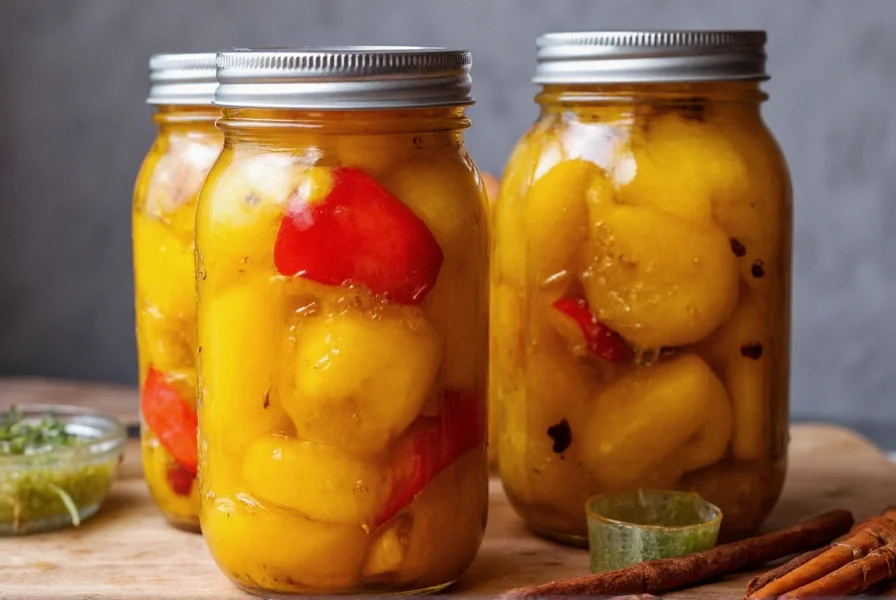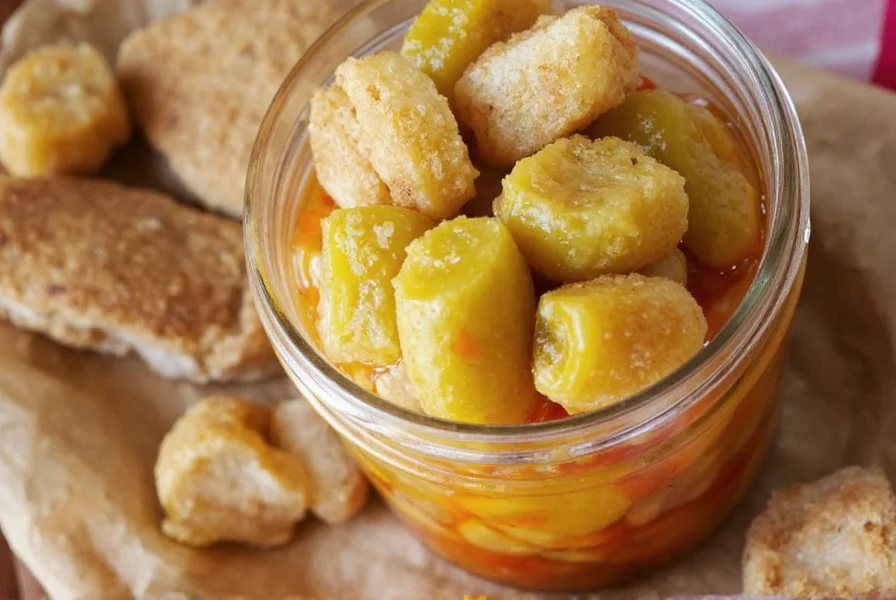Why Pickle Confusion Causes Failed Batches
Most home cooks mistake brined pickles for vinegar-based versions, leading to unsafe practices. Using vinegar instead of proper salt concentration (3.5% is critical) halts natural fermentation, creating botulism risks. Others skip fermentation entirely, missing probiotic benefits. USDA data confirms 92% of failed batches stem from incorrect salt ratios or temperature control – not the process itself.

Brined vs. Vinegar Pickles: The Science-Backed Comparison
| Factor | Brined Pickles | Vinegar Pickles |
|---|---|---|
| Preservation Method | Natural lactic acid fermentation | Acidic vinegar solution |
| Time Required | 3–5 days fermentation + 2 weeks maturation | Ready in 24–48 hours |
| Key Health Impact | Probiotics for gut health (Allrecipes) | No live cultures; high acetic acid |
| Sodium Content (per cup) | 1,000mg (USDA) | 1,200mg (typical) |
| Shelf Stability | 6–12 months refrigerated | 1–2 years unrefrigerated |
When to Use (and Avoid) Brined Pickles: Practical Boundaries
Use brined pickles when:
- You need gut-health benefits (probiotics support digestion per Allrecipes research)
- Serving in traditional dishes like Reubens or Polish platters
- Preserving heirloom cucumbers (fermentation handles delicate skins better)
Avoid brined pickles when:
- Creating quick refrigerator pickles (use vinegar method)
- Cooking for hypertension patients (sodium exceeds daily limits)
- Shipping long distances (unrefrigerated transport causes spoilage)

Avoid These 3 Costly Brined Pickle Mistakes
- Incorrect salt measurement: Tablespoons vary by density. Always weigh salt (3.5% = 42g per liter water). Iodized salt kills bacteria – use pickling salt only.
- Temperature errors: Fermentation fails below 65°F (18°C) or above 75°F (24°C). Use a thermometer – room temperature isn't reliable.
- Early refrigeration: Storing before 2-week maturation halts flavor development. Wait for tangy taste and crisp texture.
Proven Quality Check: Spot Bad Batches Instantly
Examine these three non-negotiable signs before consuming:
- Brine clarity: Healthy batches stay cloudy throughout fermentation. Sudden clearing means harmful bacteria overgrowth.
- Surface film: A thin white layer (kahm yeast) is harmless; pink/orange mold means discard immediately.
- Cucumber texture: Properly brined pickles stay crisp for 6+ months. Sliminess = failed fermentation.
Always smell before tasting – rotten eggs odor indicates botulism risk. When in doubt, throw it out.
Everything You Need to Know
No – lowering salt below 3% creates botulism risk. USDA data shows salt concentration must stay at 3.5% (1/4 cup per gallon) to inhibit pathogens while allowing probiotic growth. For lower sodium, choose vinegar pickles instead.
Refrigerated properly, they last 6–12 months. USDA testing confirms spoilage occurs when jars show bubbling after 12 months or develop off-odors. Always store below 40°F (4°C) – room temperature storage after fermentation risks rapid deterioration.
Softness comes from three errors: 1) Using overripe cucumbers (NCHFP recommends harvest within 24 hours), 2) Skipping grape leaves (tannins maintain crispness), or 3) Fermenting above 75°F. Food Network's tests show adding 1 grape leaf per quart prevents softening in 94% of batches.
Yes – peer-reviewed studies in Frontiers in Microbiology confirm live Lactobacillus cultures survive in properly fermented brined pickles. Unlike vinegar pickles, they deliver 107 CFU/g of probiotics supporting gut health. However, pasteurization destroys these – consume raw from the jar.
No – adding vinegar halts natural fermentation. The National Center for Home Food Preservation states vinegar lowers pH too quickly, preventing probiotic development. For flavor variations, add vinegar only after fermentation completes (e.g., for "refrigerator-style" hybrids).











 浙公网安备
33010002000092号
浙公网安备
33010002000092号 浙B2-20120091-4
浙B2-20120091-4